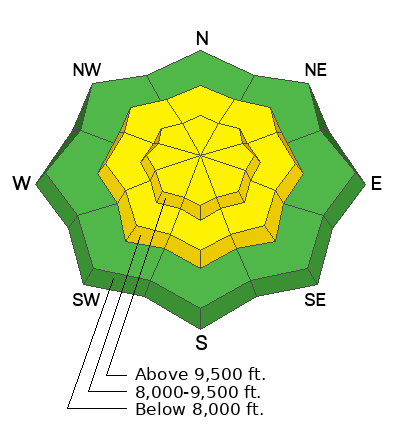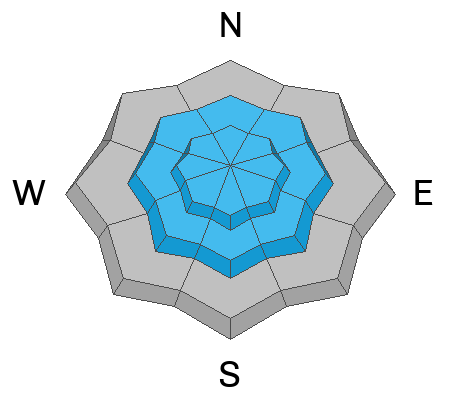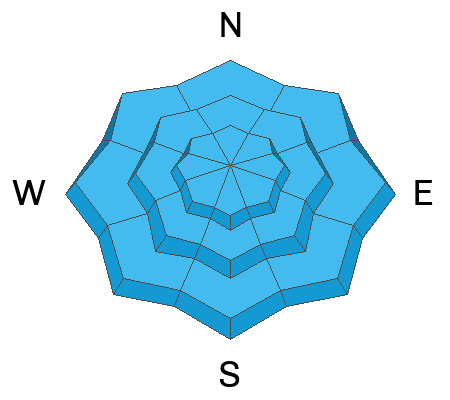Forecast for the Provo Area Mountains

Issued by Nikki Champion on
Tuesday morning, February 21, 2023
Tuesday morning, February 21, 2023
This morning the overall avalanche danger is generally LOW rising to MODERATE as the storm develops, but it may spike to CONSIDERABLE during periods of heavy snowfall by this evening. Today's new snow may produce soft slab avalanches or long-running sluffs. Additionally, the elevated winds may create unstable slabs of wind-drifted snow at mid and upper elevations. Pay attention to changing weather patterns, if the storm comes in sooner than anticipated danger will rise sooner than anticipated.
Human-triggered avalanches are possible. Natural avalanches are unlikely, but possible during periods of heavy snowfall rates or stronger winds.

Low
Moderate
Considerable
High
Extreme
Learn how to read the forecast here








